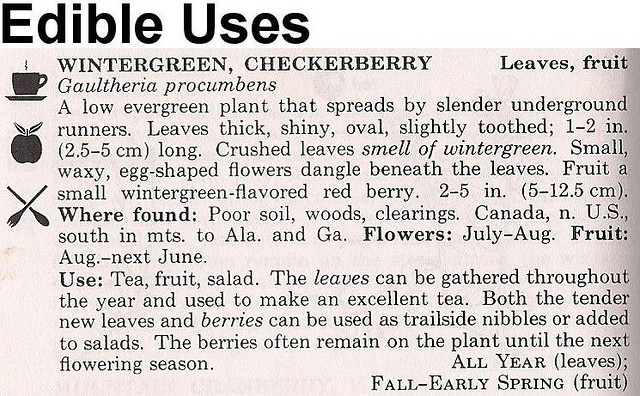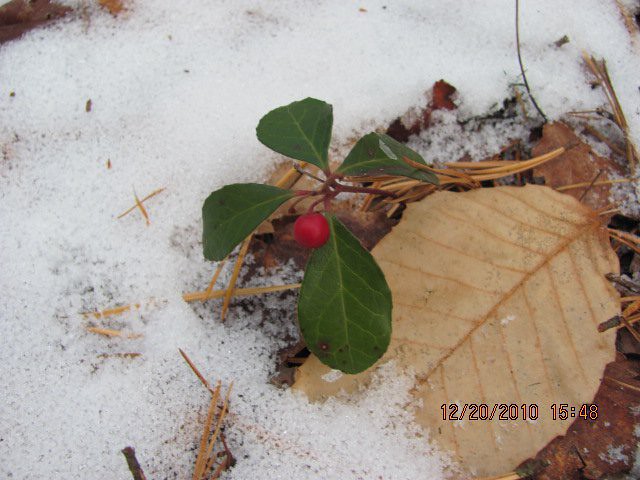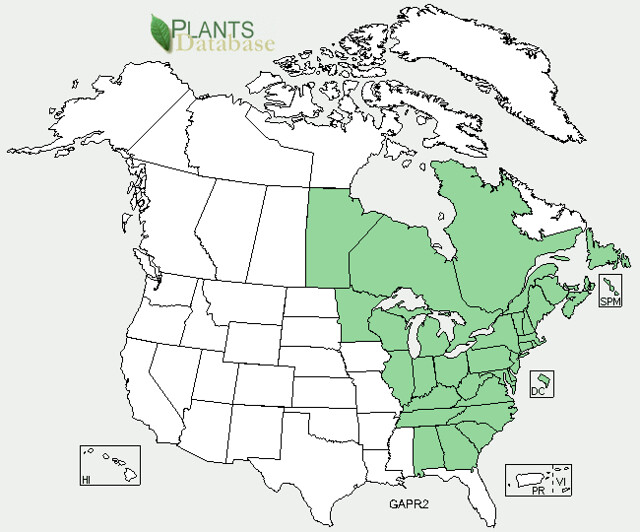
Mohawks, as well as Ojibwes, and others, knew the tea as medicinal as well as a healthful beverage. Bright red berries ripen in autumn and improve with freezing so harvest them in the winter. The berries were cooked into pies and eaten raw during the winter by some tribes. It contains methyl salycliates, the active painkilllers of asprin, useful for colds, headaches, rheumatism, and to bring down fevers. It also has antiseptic, carminative, and antirheumatic properties. Such names as "teaberry" emphasize importance as a year-round beverage, and as a food flavoring for meat and fish cooked with fermented leaves. The leaves were also used as a potherb or eaten as a snack. In the past it was the main source of "wintergreen oil," which was used as a flavoring in candies, chewing gum, liquor and some medicine. Today wintergreen oil is produced synthetically, and used in many over the counter topical pain relief preparations.

Animals that eat wintergreen are wild turkey, sharp-tailed grouse, northern bobwhite, ring-necked pheasant, black bear, white-footed mouse, and red fox. Wintergreen is a favorite food of the eastern chipmunk, and the leaves are a minor winter food of the gray squirrel.

Wintergreen - Gaultheria procumbens ( eastern teaberry, checkerberry, boxberry, American wintergreen, Canada tea, checkerberry, deerberry, ground berry, hillberry, mountain tea, partridge berry, spiceberry, spicy wintergreen, spring wintergreen, wax cluster )

